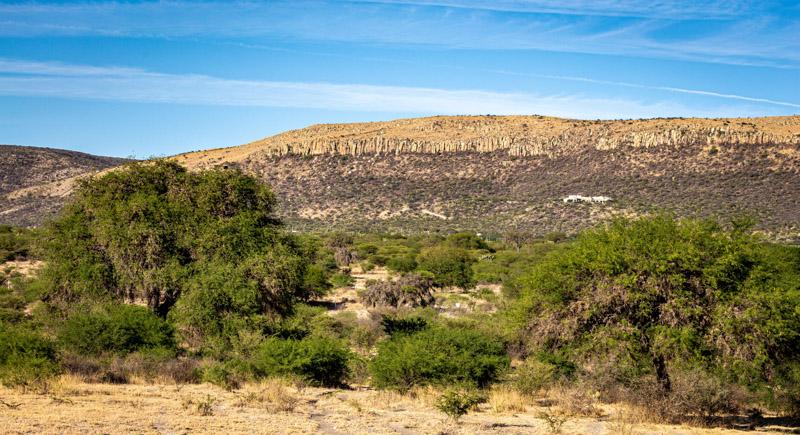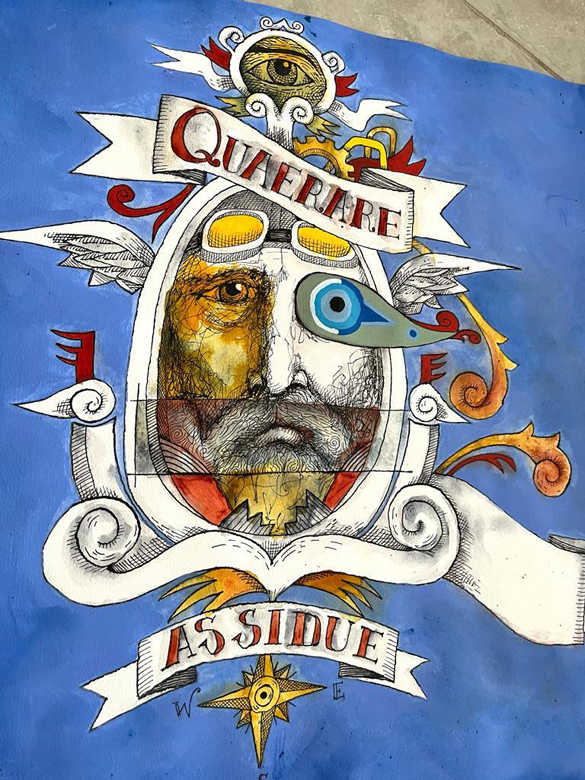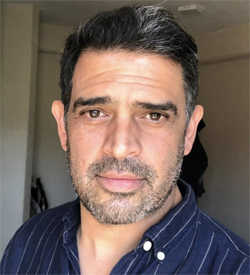by Alejandro Anaya
For many of us San Miguel is the promised land, the place where dreams come true. But it's good for us to remember that, for generations before we arrived, there were other residents who were dreaming their own dreams. It's important to keep in mind that long before San Miguel was recognized by mainstream media as a number one travel destination or the friendliest town in the world or the planet's best small city, it was already a great place to live.
I was reminded of this recently in our former Lejona neighborhood, when my wife and I experienced a side of San Miguel that, while tourists rarely see it, is a backbone of our community. It is the side of the lives of the people who have lived here all their lives; a side here before San Miguel that was full of restaurants, cafes and galleries. It is a vestige of when La Lejona was a place far from the center and, as we say here in Mexico, surrounded by pure mountains.

Our next-door neighbor's dog barked incessantly, all night. Fed up, one day, we talked to the neighbor to see what could be done about her pet. She responded that she wouldn't silence her dog because it was her “alarm system”, keeping her safe. And she had seniority on her side, having lived in her house since before there was a La Lejona neighborhood.
The same theme arises in a weekly meeting I attend, the only Mexican in a group of ex-pat guys. We call ourselves the Bad Boys of San Miguel. In our conversations, when complaining about some problematic aspect of life here, the guys often repeat the refrain, "Welcome to Mexico". I must admit that coming from Mexico's north, where the US has a greater influence on the way things are done, I've had my own discomforts with San Miguel.
But a voice in my head keeps reminding me: “They already lived here. We've come to their home." The blacksmith, who makes so much noise in his workshop; the dog that barks all day; the roosters that crow even before the dawn, all already had their purpose before we came here, long before boutique hotels established themselves in this charming corner of Mexico.

These people, their animals and their day-to-day activities are part of the charm of this place, what has made it so attractive to visitors. We cannot fight with the essence of a place. But we can adjust to live in harmony. On one hand, it is important to respect the culture of this place. On the other, we must acknowledge that there is a change inevitably taking place in the culture of this place. Is it evolution or devolution? Is growth progress? Who is going to be right when we complain about someone whose parents and grandparents have lived and died here? when those ancestors also did what now bothers us? Both? None?
With dark circles under our eyes from sleep deprivation, my and my wife's first reaction to our next-door neighbor's refusal to yield in the matter of her barking dog was desperation. Our frame of mind was made worse when we discovered that the squirrels, displaced from the empty lot on the other side of us, where they are building an auto service center, had taken up residence under the hood of our car, and were snacking on its engine cables. But, in the midst of all that chaos, in a moment of clarity, I heard that same forceful voice in my head, telling me, "They were already here."
Our second reaction was to move.

Quaerare Assidue = Constant Search
Art by the author
*
**************

Alejandro Anaya is a visual artist and writer, originally from Torreon who, for almost four years, has lived and actively participated in the San Miguel community. His collaboration with Lokkal is part of his philosophy as a storyteller, and his commitment to share his discoveries and reflections on this beautiful part of Mexico, with all who seek to live a unique experience in our magical town.
Lokkal
Facebook
**************
*****
Please contribute to Lokkal,
SMA's non-profit community publication:
 ***
***
Discover Lokkal:
Watch the two-minute video below.
Then, just below that, scroll down SMA's Community Wall.
Mission

Visit SMA's Social Network
